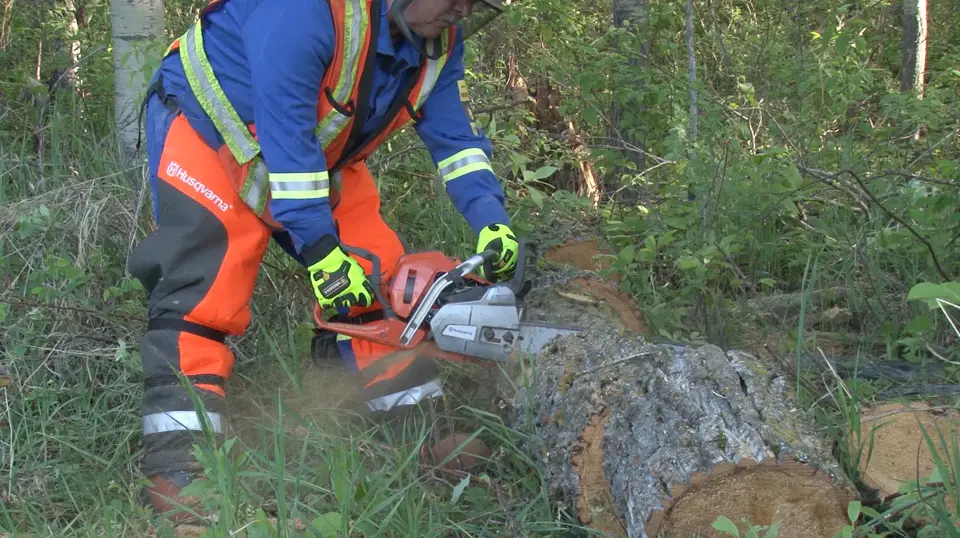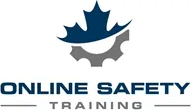Chainsaw Safety Online Course
$79.99 CAD
Operating a chainsaw is extremely dangerous, even in normal working conditions. Proper awareness of safe chainsaw usage among employees, managers and employers is absolutely critical. This chainsaw safety course online covers basic chainsaw safety relating to tree-trimming, disaster clean-up, forestry and more. The chainsaw safety training program is compliant with rules and regulations within Canada and recognized by I-CAB (International Competency Assessment Board).
Get the best Chainsaw safety training and be certified in the safe use of a chainsaw
With our Chainsaw Safety Course Online: you will learn:
- Safety requirements when handling a chainsaw
- Personal Protective Equipment requirements
- Anatomy of a chainsaw
- Mechanics of the chainsaw
- Inspection of the chainsaw
- Proper method of felling trees
- Cutting techniques
- Hazards associated with chainsaws
Duration
The online Chainsaw Safety Course takes approximately 60 mins to.
Testing
Participants in the Chainsaw Safety Course will be assessed by a test after viewing the course material. Participants must achieve a mark of 80% or higher to earn their certificate of completion. Those that do not reach the required mark will be allowed to repeat the course two additional times.
Certificate of Completion
Participants who successfully pass the Chainsaw Safety Course will earn a certificate of completion which they can print out or download for their records. Certificates of Completion are valid for 3 years.
Which Personal Protective Equipment (PPE) is Required When Operating a Chainsaw?
- CSA approved Safety Glasses with side shields, goggles or face shields
- Foot protection with cut resistant materials
- Hard hat head protection
- Hearing protection
- Leather gloves with ballistic nylon on back
- Leg protection clothing (pants or chaps) with sewn in ballistic nylon pads
- Know when to use fall protection equipment such as harnesses, belts and lanyards
Please contact us for more information




Other courses you may be interested in:
Aerial Platform Training Online Course
$99.95 CAD
Propane Cylinder Handling Online Course
$59.95 CAD
Confined Space Awareness Online Course
$69.99 CAD
